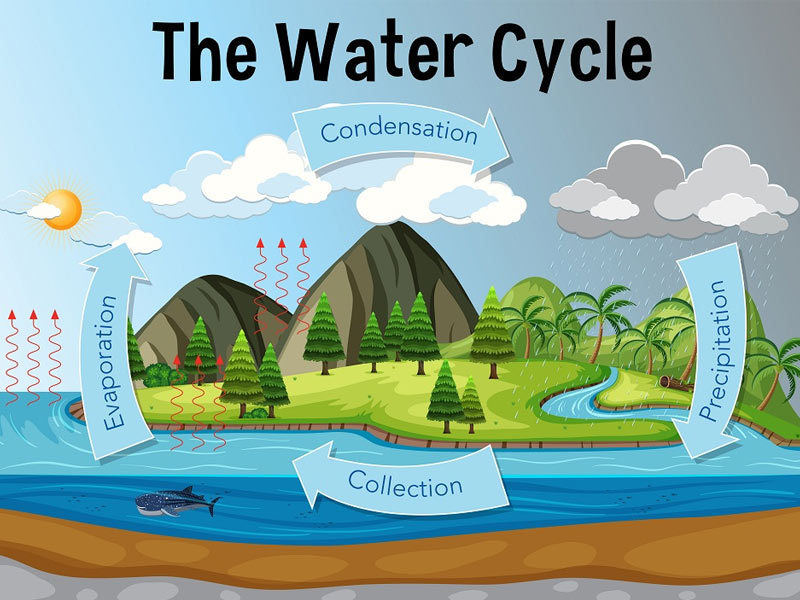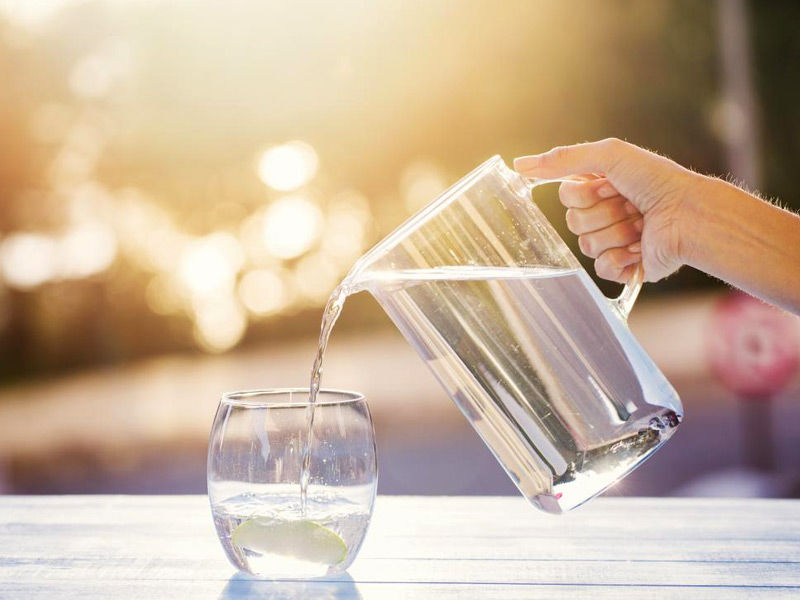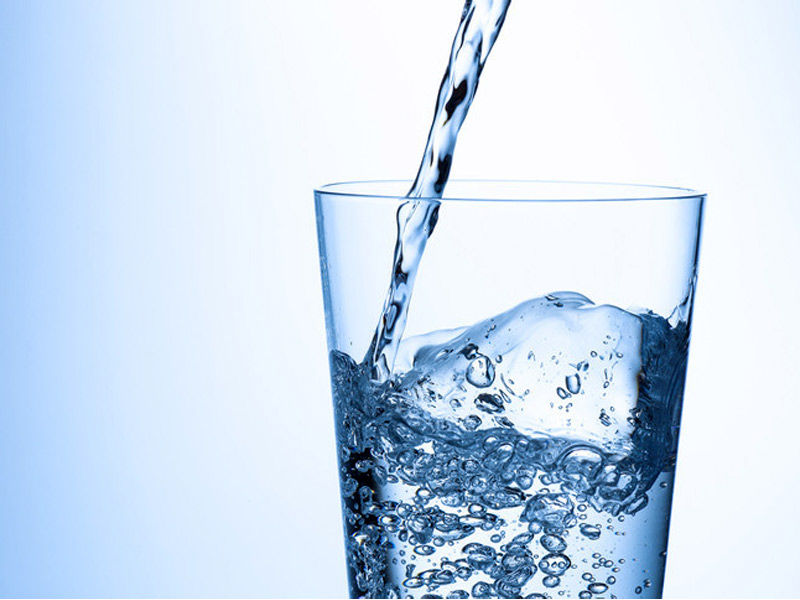Water is one of the most crucial resources that sustains life on Earth, but few realise how difficult it is to get clean, drinkable freshwater. Water covers three-quarters of the Earth’s surface in all of its forms. Every year, the Earth’s water levels stay roughly constant. Every day, water flows from the land to the oceans and then evaporates into the atmosphere via the processes of evaporation and precipitation.
“Water, water everywhere, yet not a drop to drink” – Samuel Taylor Coleridge’s The Rime of the Ancient Mariner

The poem above depicts the plight of a thirsty sailor who is surrounded by seawater yet unable to drink it. Today’s situation is very similar. Water contamination has rendered many natural resources unsafe for drinking and other usage purposes, given the current state of natural resources.
Around the world, around 2.2 billion people do not have access to basic drinking water, 4.2 billion do not have access to basic sanitation, and 3 billion do not have access to handwashing facilities.
After petroleum, water will soon be dubbed the “next liquid gold.” It is so evident that the “virtual water” or “invisible water” idea of water commerce exports a country’s available water resources embedded in a consumer product. Can you imagine fitting 130 litres of water into a single cup? Of course, the solution is “A coffee!” Coffee cultivation is a thirsty industry. According to research, producing a pair of jeans consumes 10,000 litres of water, but producing a T-shirt requires only 2,500 litres. It’s no surprise that textile manufacturing enterprises use water from rivers.
Water shortage has been the subject of recent debates and assumptions. In reality, we will never run out of water at any point in time. The issue is that most of the world’s water resources are unavailable, and those that are unevenly distributed over the planet. Water is inelastic.
The Significance of Water

Water is a vital component of our daily life. It is used for irrigation, cooking, washing, cleaning, and drinking, among other things. Water is vital for optimum health since it regulates body temperature, performs regular bodily functions, promotes digestion, and eliminates toxins from the body. Water is essential to life. The risk of epidemics is not baseless in the absence of good sanitation. The goal is to maintain adequate sanitary standards in one’s neighbourhood and surrounding areas.
Also Read, Water treatment Plants: To Enhance the quality of water
Ensuring clean drinking water is crucial because numerous water-borne diseases (21 percent of diseases in India are water-borne) can harm residents, particularly children.
The most frequent symptoms are fever, stomach discomfort, and diarrhoea, which, if not treated promptly, can develop to serious consequences.
As a result, an increasing number of individuals are turning to online physicians.
How much fresh water is on the planet?

The seas contain around 98 percent of the water on Earth. Fresh water accounts for less than 3% of all water on the planet, with glaciers storing almost 65 percent of this potable water. Freshwater rivers, streams, lakes, and dams contain 1% of drinkable water, whereas groundwater contains 0.3 percent. All living forms require potable water to survive. Every living thing is made up of more than 60% water. The capacity of every living entity to get fresh water, which is not evenly distributed on Earth, determines the viability of life.
What Effect Does Climate Change Have on Drinkable Water?

Although the quantities of clean, drinkable water do not fluctuate considerably from year to year, climate change is rewriting the rules regarding how much potable water we will have access to. Climate scientists have predicted greater floods and droughts, as well as altering rainfall patterns, and water-related disasters would become less predictable and more severe.
As the challenges of transporting fresh potable water to where it is needed grow increasingly apparent, governments, farms, communities, and organisations such as the Southeast Desalting Association (SEDA) are developing methods to purify and recycle water.
Increasing the Amount of Potable Water
Another advancement in water management is the benefits of manufacturing drinkable water by reverse osmosis and other membrane technologies, which is more about innovation and sophisticated scientific concepts than pipelines, pumps, and dams.

Using membrane water treatment technology to provide drinkable water implies that, even with climate change, we may still have a future in which all water demands are satisfied, ecosystems are kept healthy, and all living species are kept healthy. Please contact Harn R/O Systems to learn more about how membrane technology may assist us in meeting our ever-increasing water demands.
Charity starts at home. So, in order to affect change in the environment, we must begin at the individual level by reducing water waste and maintaining good hygiene standards.
Thus, clean water must initially be available for all uses – drinking, residential, and office – before any other. Dams constructed by humans store water, which aids in the irrigation of the surrounding area. They also provide electricity and manage river flow. Furthermore, knowing the water cycle aids in the establishment of adequate infrastructures that support and maintain healthy ecosystems. Thus, basic habits such as minimising water waste and maintaining excellent hygiene standards, along with our awareness of nature’s resources, can eventually lead to the sustainable protection of freshwater sources, allowing all species to thrive!

























